-
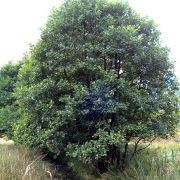
Alder / Common Alder Seed
Alnus glutinosa£5.00 – £10.00 inc. VATAlder is a small bushy deciduous tree that produces pretty yellow catkins in spring, visited by early insects. Its shiny green leaves are retained late into the autumn. It has an attractive smooth dark grey bark. The cones are green to begin with but ripen to black and make subtle additions to Christmas decorations. A brilliant tree for water logged areas and very hardy so can be used as a windbreak, especially if coppiced. The timber is used in wet areas, for fencing etc. since it doesn’t rot. It can be used to make high grade charcoal.
Not for forestry purposes.
-
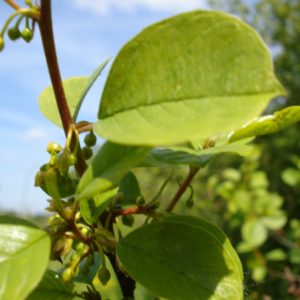
Alder Buckthorn Seed
Frangula alnus(Rhamnus frangula)£5.00 inc. VATAlder Buckthorn is a large, native, thornless, deciduous shrub or small tree with ovate green leaves that turn an attractive yellow in autumn. Tiny green/cream flowers in June attract masses of bumble and honeybees and are honey scented. It is a food plant of the yellow Brimstone butterfly. The fruits are initially red, then turn black and are eaten by thrushes. Various bits are used to make natural dyes.
-
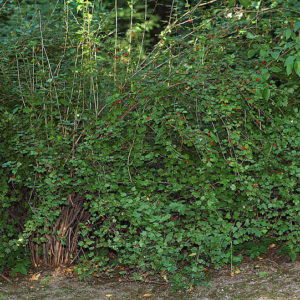
Alpine Currant Seed
Ribes alpinum£8.00 – £28.00 inc. VATAlpine Currant is a small neat and densely twiggy deciduous shrub which makes a good hedge. Its small flowers are greenish yellow and its berries are red. It is very tolerant of shade. Despite being easy to grow, it is found infrequently.
-
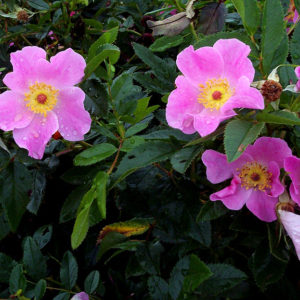
American Dwarf Rose Seed
Rosa virginiana£2.50 inc. VATAmerican Dwarf Rose is a small, suckering shrub ideal for hedging. Small cerise pink, single, lightly scented flowers bloom in July and August. Vibrant yellow autumn colour and red, pumpkin-shaped hips hold into the winter.
-
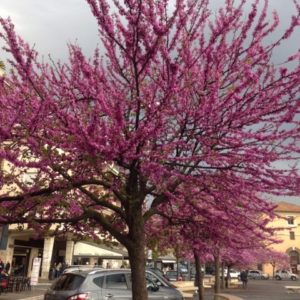
American Redbud Seed
Cercis canadensis£5.00 inc. VATAmerican Redbud is a small deciduous tree with a compact round head. The pale rose coloured flowers are pea-like, flowering in early spring before the leaves. Good for early insects. Heart shaped leaves turn vibrant oranges and yellows in the autumn and flat seed pods develop in the autumn. Great for small gardens.
-
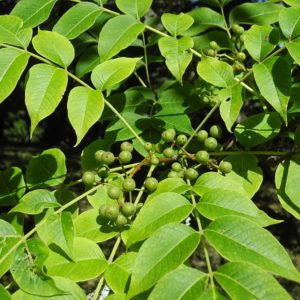
Amur Cork Tree Seed
Phellodendron amurense£5.00 inc. VATThe Amur Cork Tree is a small to medium sized tree with a corky bark. The leaves are 24 to 38 cm long and made up of 5 to 11 leaflets, a bit like ash leaves. The winter buds are silvery and silky, autumn colour is yellow. It is important in Chinese herbal medicine where it is used as a painkiller. Male and female flowers are found on different trees
-
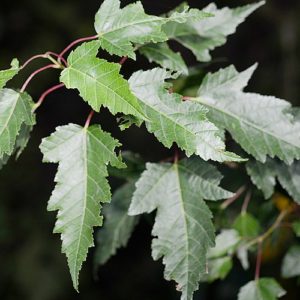
Amur Maple Seed
Acer ginnala£5.00 inc. VATAmur Maple is a deciduous shrub or small tree with a vigorous spreading growth habit. The 3 lobed leaves turn vivid crimson and orange in autumn. It produces fragrant green-white flowers in late spring. It produces masses of seed and in America is becoming invasive, but here in UK is one of the best for autumn tints.
-
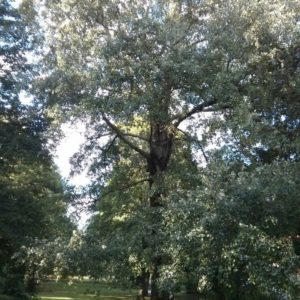
Aspen Seed
Populus tremula£10.00 – £45.00 inc. VATAspen is graceful, pale grey-barked, deciduous native tree with leaves that flutter in the breeze making a noise like rain. It is useful for damp and exposed sites and a good, quick growing pioneer species for inhospitable habitats. Vibrant yellow autumn colour and copper new spring leaves. The male and female catkins occur on different trees; the female catkins, once pollinated release seed in masses of cotton wool in the summer. ‘Aspis’ means ‘shield’ in Greek, and this was one of the uses for the wood.
Not for forestry purposes.
-
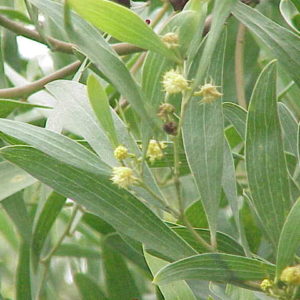
Australian / Tasmanian Blackwood Seed
Acacia melanoxylon£5.00 – £15.00 inc. VATAustralian Blackwood is also know as Sally Wattle. A fast growing evergreen, it has dark green pinnate leaves and in spring bears clusters of small milky white flowers. It is best suited to mild temperate climates and is not particularly frost hardy below minus 5 degrees centigrade. It produces a fine grained, hard wood. Grow in a sheltered spot backed by a wall. In warmer climates can be quite invasive.
-
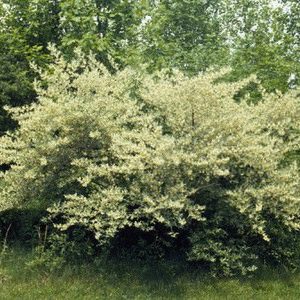
Autumn Olive Seed
Elaeagnus umbellata£5.00 inc. VATA deciduous shrub or small tree with a dense thorny crown. The leaves are silvery in spring but turn greener as the silvery scales wear off during the summer. The flowers in May are pale yellow/cream and highly scented, silver-dotted red fruits fruits.
-
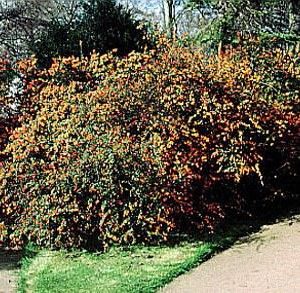
Barberry Seed
Berberis darwinii£5.00 – £10.00 inc. VATBerberis darwinii, Barberry, is an early flowering, fast growing evergreen with holly like leaves. Its flowers are bright orange tinted with red which appear in long lasting drooping clusters in spring. Useful for hedging, when it will make an impenetrable barrier, but can take any amount of pruning. It flowers better in full sun but will grow in semi-shade. Classed as an invasive species in New Zealand.
-
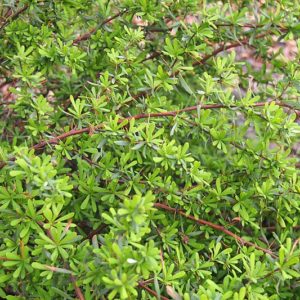
Berberis wilsoniae Seed
Berberis wilsoniae£5.00 – £8.00 inc. VATBerberis wilsonae, Barberry is a splendid small semi-evergreen shrub with sea green leaves and coral coloured clustered fruits after yellow flowers in May. This species has no cultivars and is mostly grown from seed. Good for low prickly hedging.
pic courtesy of Agnieszka Kwiecień, Nova, CC BY-SA 4.0 via Wikimedia Commons
-
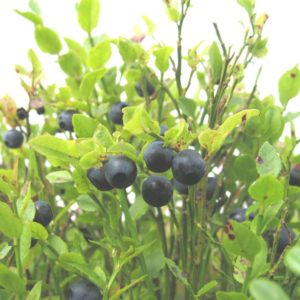
Bilberry Seed
Vaccinium myrtillus£5.00 – £10.00 inc. VATBilberry is a small deciduous shrub that is in flower from May to June and the tiny seeds in small purple berries ripen from July to September. It is noted for attracting wildlife and there is a particular bee called the Bilberry Bumblebee!
Seed from Scotland
-
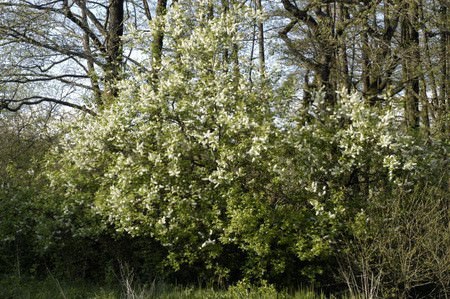
Bird Cherry Seed
Prunus padus£5.00 inc. VATBird Cherry is a small, widely distributed deciduous tree. It bears an abundance of small white, almond-scented single flowers, in short spikes in late spring. Its small black fruits are edible but very bitter. Bees and hoverflies visit the flowers and birds gorge on the berries in the late summer.
-
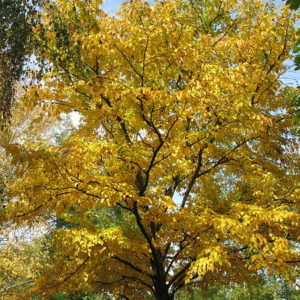
Black Birch Seed
Betula lenta£5.00 inc. VATBlack Birch is also known as Cherry Birch because of the similarity to cherry in foliage and Sweet Birch because the sap smells and contains Oil of Wintergreen. Fantastic yellow autumn leaf colour and dark shiny bark, becoming plated and ridged on maturity.
This tree is rarely grown, although it is quite fast and makes a very attractive multi-stem specimen for a smallish garden.
-
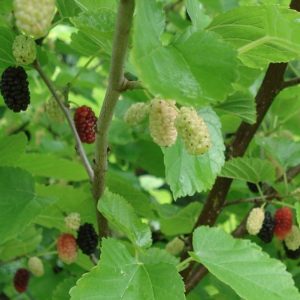
Black Mulberry Seed
Morus nigra£6.00 inc. VATBlack Mulberry is a small, deciduous, wide-spreading long lived tree becoming interestingly gnarled as it ages(don’t we all!). The leaves are heart shaped and the berries produced are almost black and very sweet. Possibly the tree in the nursery rhyme ‘Here We Go Round the Mulberry Bush’. Fruit is used to make wine and jam if you can keep the birds and wasps away! Folklore has it that King James mistakenly imported Black Mulberry trees at vast expense, to start English silk production. He should have bought White Mulberry, so the project sadly failed!
-
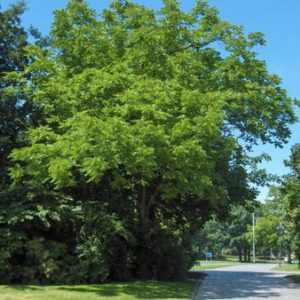
Black Walnut Seed
Juglans nigra£7.00 inc. VATJuglans nigra is a large fast growing tree with a deeply furrowed bark and large leaves. It is architectural and a great specimen tree.The fruits are usually in pairs and are large and round.The flesh round the nut stains fingers yellow and smells pleasently of citrus. Black Walnut is prized timber for cabinet making and wood turning, since it works easily and has a good grain, glues and polishes well and is highly durable.
-
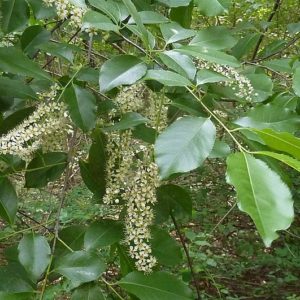
Black/Rum Cherry Seed
Prunus serotina£5.00 inc. VATA medium sized tree with simple serrated, glossy, deciduous leaves up to 15cm long. About 40 white flowers are produced on each raceme in the spring. These give rise to fruit which turns from green to red and then black. Mature Black cherry is easily recognised by its dark grey or black bark that can easily be broken off, and the almond smell coming from young twigs if the bark has been scraped off. Good for birds which eat the fruit, although both the stones and foliage(especially when wilted) is poisonous to livestock.
-
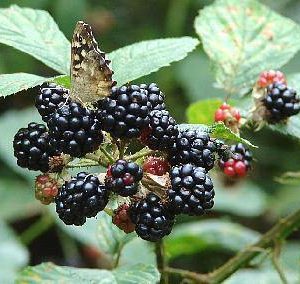
Blackberry / Bramble Seed
Rubus fructicosus / fructicosa£6.00 inc. VATBlackberries are a common deciduous spreading shrub with an extremely vigorous growth habit. Flowers are simple, white or whitish pink and bloom on and off from late spring through to late summer. The flowers are very attractive to all sorts of insects. In the autumn very tasty blackberries are produced and its scrambling thorny spikes provide excellent protection both for wildlife and property. Bees visit the flowers and butterflies, wasps and flies feed on the flowers and fruit.
-
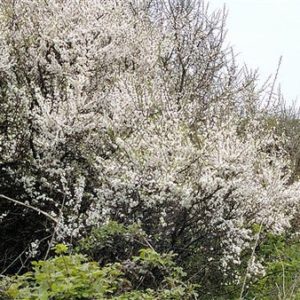
Blackthorn / Sloe Seed
Prunus spinosa£5.00 inc. VATBlackthorn or Sloe grow to be large deciduous shrubs or small bushy trees. Blackthorn ignites in spring with a mass of small single white flowers. It forms a secure hedging plant with its sharp spines and dense growth. The fruit, like small damsons, appear in autumn and are used for making Sloe Gin.
-
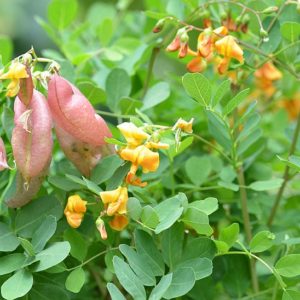
Bladder Senna Seed
Colutea arborescens£5.00 inc. VATBladder Senna is a vigorous deciduous shrub with pretty yellow pea-like summer flowers and pale, small leaves/leaflets. The fruit is striking red bladder-like papery pods which persist well into winter when the leaves have gone. It is a very adaptable and fertile plant often seen on challenging sites such as railway embankments. Thrives in full sun and poor soil.
-
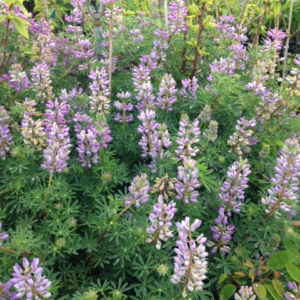
Blue Tree Lupin
Lupinus arboreus (Blue)£1.99 – £4.20 inc. VATTree Lupin is a short lived evergreen shrub that can grow to 2m tall. Flowers are delicately scented and are produced throughout the summer, bright dense spikes/clusters of blue or lavender coloured flowers. Nitrogen’fixing’ so good for soil fertility.
-
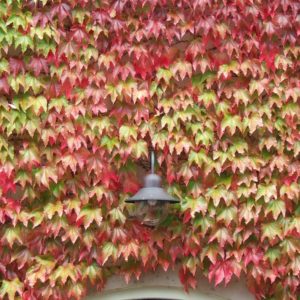
Boston Ivy Seed
Parthenocissus tricuspidata£5.00 inc. VATBoston Ivy is a vigorous self clinging deciduous vine with distinctive 3 lobed leaves which turn deep crimson and scarlet in autumn. The fruits are dark blue / black. It makes an ideal climber for the side of a building in semi-shade, and will work on a north wall, although the autumn colour will not be as striking.
Rowan Adams, CC BY-SA 4.0 , via Wikimedia Commons
-
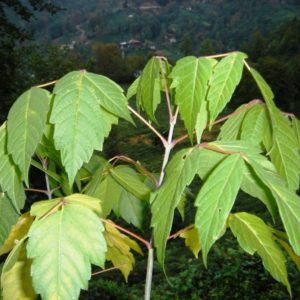
Box Elder Seed
Acer negundo£5.00 inc. VATBox Elder is not an elder at all but a relatively short-lived, bushy deciduous acer. Fast growing to a medium or large size. The bright green pinnate leaves are paler on the underside. Flowers pale yellow green before the leaves appear. Useful for colonising poor, wet soils but can become invasive and is classed as a pest species in Australia. There is a variegated form ‘Flamingo’, which has pink, white and green leaves.
pic courtesy of Karduelis, Public domain, via Wikimedia Commons


Sign up to receive great news and offers